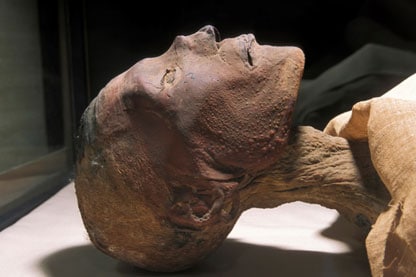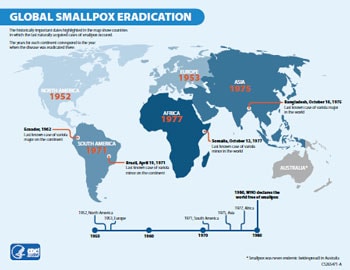This is from The Telegraph
India’s embassies in Doha and Muscat warned social media users against getting swayed by divisive fake news, stepping in after the country’s envoy to the UAE had on Monday cautioned Indians living in the Gulf nation against making religion-specific derogatory comments.
The embassies put out tweets over the past 24 hours as fake news peddlers fished in troubled waters, seeking to fuel the “#CoronaJihad” narrative that had caught the attention of the international media across the globe, including in the Gulf.
The warnings came days after the human rights commission of the Organisation of Islamic Cooperation (OIC) had on Sunday voiced concern about the hashtag.
It was after this that Prime Minister Narendra Modi had broken his silence on the three-week-long sustained campaign by the Right-wing ecosystem to link the Covid-19 pandemic with a particular community, saying the virus “does not see” racial, religious or other differences before striking.
The missions in Qatar and Oman intervened as the fake posts promoting Islamophobia, and the equally fictitious accounts countering it with warnings of a blowback, gained traction and posed a possible strain in bilateral relations with countries where India has had a good standing for long.
“It is clear that fake identities are being used by forces inimical to India to create divisions within our community. Please understand the reality and do not get swayed by these malicious attempts to sow discord. Our focus right now needs to be on COVID-19,” the embassy in Qatar posted, referring to posts by a Twitter handle that had two different profiles.
The mission in Muscat stepped in after a parody account of Omani princess Mona bint Fahad Al-Said posted a tweet threatening expulsion of Indians. “In these challenging times, it is important that we stay focussed and united in our fight against COVID-19, and not get distracted by fake news on social media with malicious intentions,” the mission tweeted.
“The friendly relations between India and Oman are underpinned by our shared values of tolerance and pluralism. Let us all commit to maintaining unity and social harmony at this critical juncture. As PM @narendramodi said: We are in this together.”
Mona Fahad had later posted a message to clear the air, which Indian ambassador Munu Mahawar acknowledged.
Some of these fake posts were called out by fact-checker Alt News co-founder Mohammed Zubair. “A lot of Pakistani social media users are changing their profiles to look like Arabs (name, profile images), and tweeting out in the lines that the Arabs did since the last few days. A lot of people are falling for these fake profiles.”
Earlier, on Monday, Pavan Kapoor, India’s ambassador to the UAE, had reminded Indian nationals in the Gulf country that “discrimination is against our moral fabric and the rule of law”, after some members of the Indian diaspora were punished for their polarising social media posts that promoted Islamophobia.
Retired diplomat Navdeep Suri pointed out that hate speech emanating out of India provided fodder to those unhappy with the India-UAE friendship.
In a series of tweets, the former ambassador to the UAE said the Gulf country had strong laws against hate speech. “This applies to derogatory remarks against ALL religions.... Bilateral ties are strong and will endure. But unnecessary controversy doesn’t help.”
The interventions by the three missions are an indication of the traction the #CoronaJihad narrative has gained since the Right-wing ecosystem tried to blame the spread of the pandemic on a religious convention held by the minority community in March.
The hashtag had added to concerns fuelled by the debate on the new citizenship matrix and the Delhi riots in February, and this was articulated from the human rights platform of the OIC.



